Planet has three distinct constellations of satellites: Doves, SkySats, and RapidEye.
Doves are about the size of a shoebox and weigh approximately five kilograms, which is many orders of magnitude smaller than traditional satellites.
Doves are typically launched into space in large batches, what we call “flocks.” The oldest Doves that are still imaging the Earth were launched into space in December 2015 aboard the Atlas V.
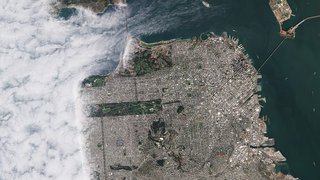
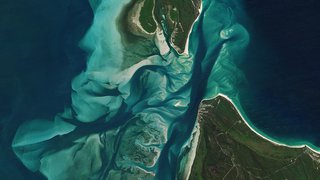
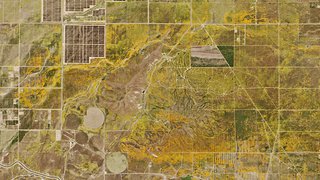
The RapidEye constellation was launched into space in 2008 – seven years before the first Dove flock went up. Each RapidEye satellite is about the size and weight of a mini refrigerator, and like the Doves, captures imagery in a line-scanner fashion.
Over their lifetime, the RapidEye satellites amassed one of the largest archives of 5-meter resolution imagery ever. The constellation was retired in March 2020.
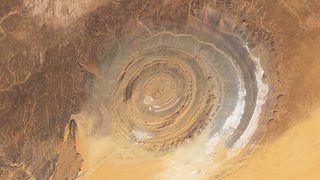
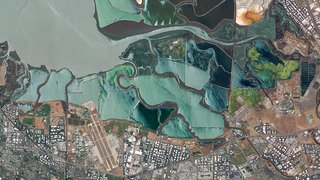
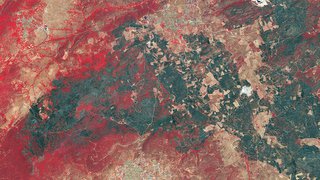
The SkySat constellation is comprised of approximately 20 high-resolution satellites. SkySats can be tasked to image any point on Earth in high resolution (50 centimeter) and at sub-daily frequency. They can also capture stereo imagery and video footage for up to 90 seconds.
SkySats, unlike Doves, have a propulsion system that allows Planet to maintain them at a desired altitude and optimize global coverage. Take a look at this example of Monte Fitz Roy in Patagonia.
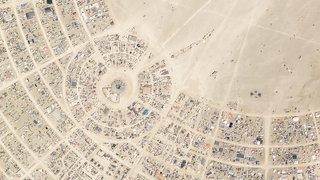
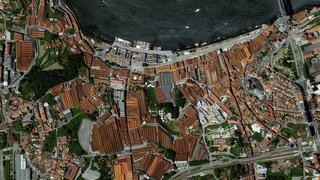
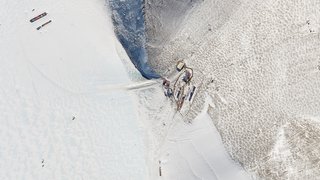
The fleet of Doves line-scan the Earth, with individual scenes sized at ~24 x 7 kilometers. Next-Generation Planetscope imagery has ~2x the footprint. The ground footprint of each SkySat image covers around 70 square kilometers.
In a single scene, a Dove can image an entire city.
Simultaneously, SkySats can be tasked to focus on the areas of greatest interest.
Together, Planet Constellations work to increase our understanding of the world and improve life on Earth.